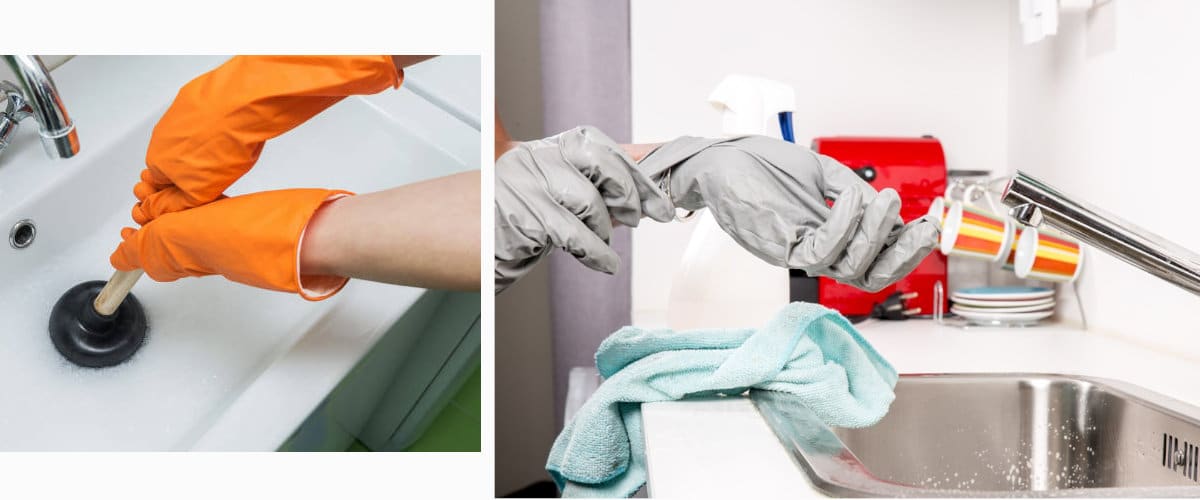
Does the sink give off bad odours? The sink does not drain properly and the water stagnates? Both may be due to blockage in the pipes, a recurring problem that we can solve by removing the dirt that is obstructing them. Do you know how to unclog pipes at home?
Pipes are designed to transport liquids and some solids they can end up clogging and damaging them. In order to prevent these problems, it is important to banish certain practices and maintain the pipes. Today we teach you how to do it and how to fix it when the damage is already done.
prevent traffic jams
It is necessary to make a periodic maintenance to prevent dirt from building up and our pipes from getting clogged. The first step to do this will be to avoid accessions such as disposing of used oil, paint, food scraps, etc. down the sink. The second, a periodic cleaning of the siphon or the siphonic pot.
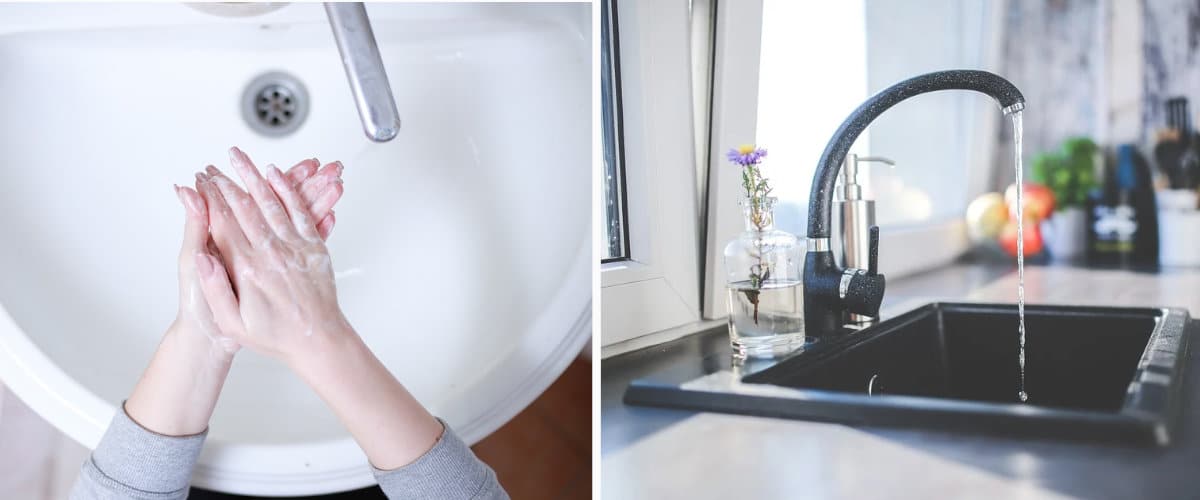
Never pour down the pipes...
Although we have already mentioned it, it never hurts to remember that drains are designed to carry mainly water and that therefore, any solid residue, such as food waste, hygienic wipes or hair could end up clogging them. That's why you should never pour into the pipes...
- Leftovers or kitchen scraps.
- chemical materials such as dyes, paints and solvents.
- Oil used for cooking.
- clumps of hair.
Clean the siphons regularly
Regular cleaning of the sink siphon and the bathroom siphon can save you future problems. It is also the first step to follow to unclog the pipes when the sink or basin does not drain. Don't you know how to do it? Don't worry, it's very simple.
Before doing anything, clear the space under the sink or basin to work comfortably and place a bucket under the siphon to collect the water. Also prepare a basin with hot soapy water and put on gloves. Unscrew the necessary parts to release the siphon and let it release the water. Next, disassemble the siphon parts and soak them in the basin to clean them before reassembling.
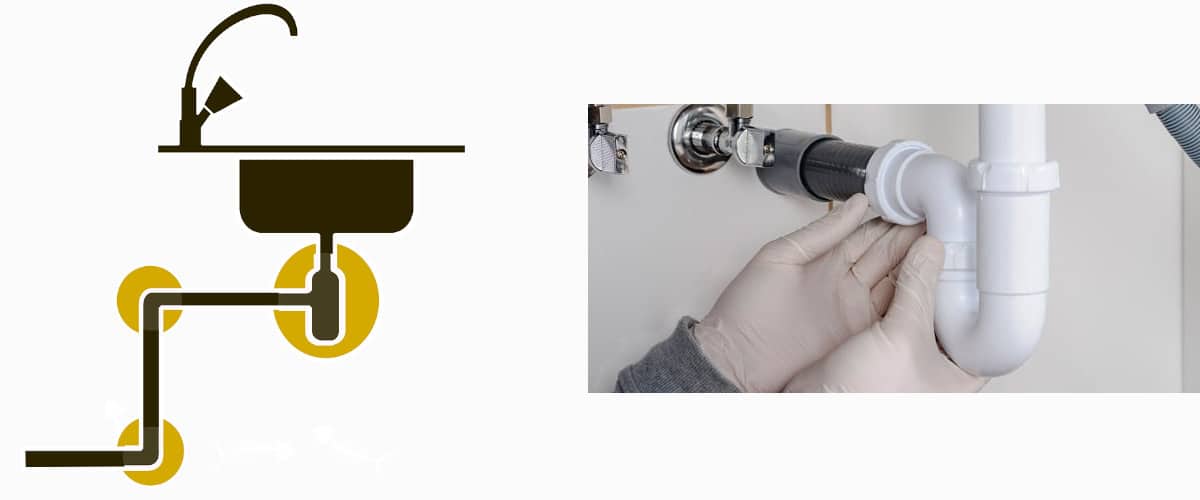
Methods to unclog pipes
There are different methods to unclog pipes. And it is very rare that using one or various methods combined, including cleaning the siphon, does not solve the problem of your pipes. Go step by step to try to avoid the use of chemical plungers.
The manual plunger
Almost everyone has a plunger at home. This simple tool is very practical for removing solid waste as long as it is not too attached to the pipe or too far from the drain. It works by suction, as does the most modern version of it: the pneumatic plunger.
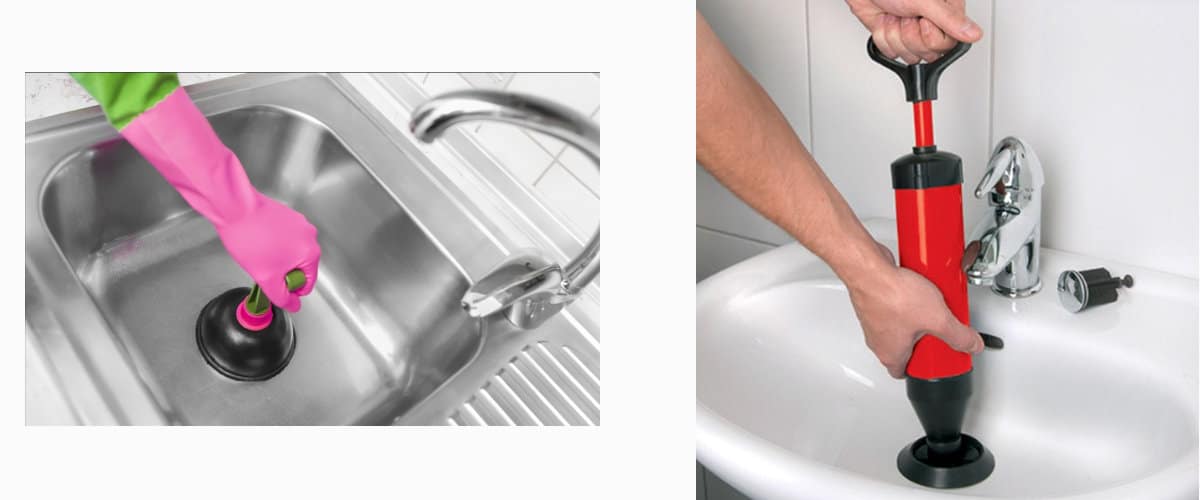
How does it work? Place the suction cup on the drain and cover the overflow of the sink with a rag to produce a vacuum. Then push the handle and then pull it to suck up the dirt that will come out along with the retained water in the sink, sink or shower. Repeat the action and collect the dirt that comes out.
spring plunger
If the previous action does not work and the siphon is clean, the problem is probably due to a specific element or a well-adhered accumulation of dirt obstructing the pipe, away from the drain. In these cases and in order to avoid a chemical plunger that could eventually damage the pipes, the ideal is to use a spring plunger.
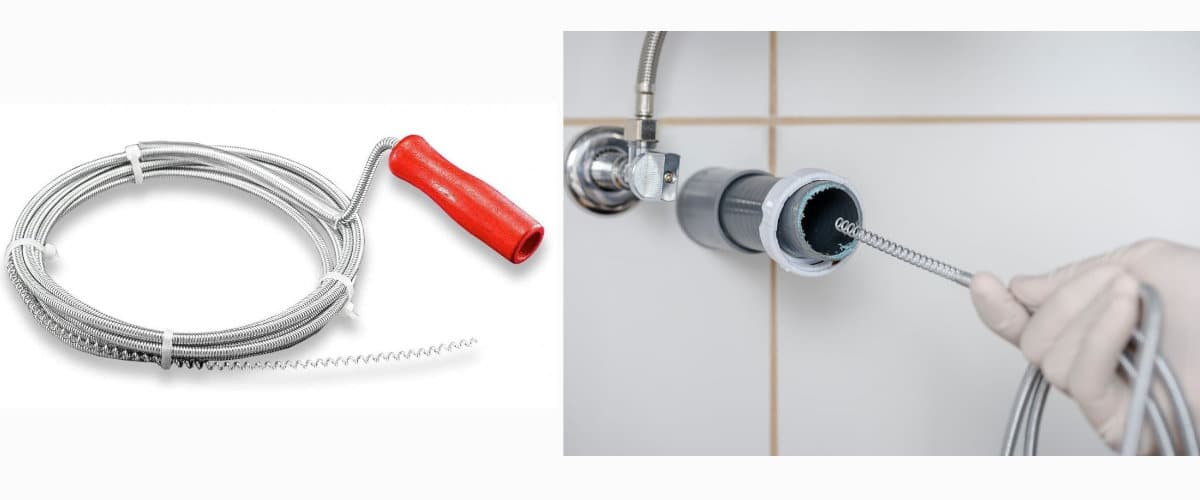
How does it work? The spring plunger is a tool that many of us are not familiar with. However, it is very easy to use. To do this you will have to unscrew the siphon or siphonic boat and insert the spring from there. As the spring advances will displace the dirt forward little by little, until reaching a clearer area of the pipe circuit. When this happens, you will need to pull on the spring which will pull part of the obstruction with it.
homemade baking soda solution
The homemade solution that we propose can help you fix minor jams thanks to the reaction of an acid (vinegar) with a salt (sodium bicarbonate). From this, among other products, carbon dioxide will be obtained, a gas that will drag the dirt through the pipes.

Fourth half a cup of baking soda down the drain and then a half cup of vinegar. Wait 15 minutes for the reaction to take place and then pour boiling water, which you will have heated in a saucepan, little by little, to drag.
liquid chemical plunger
Chemical plungers have been designed to chemically dissolve fat and other organic deposits that accumulate in pipes. They should be the last resort, as these are strong products that require gloves, mask and good ventilation to handle. If they are used correctly they do not have to damage the pipes, unless they already are or are very old, but they are not sustainable at all.
Do you do regular maintenance on your pipes?